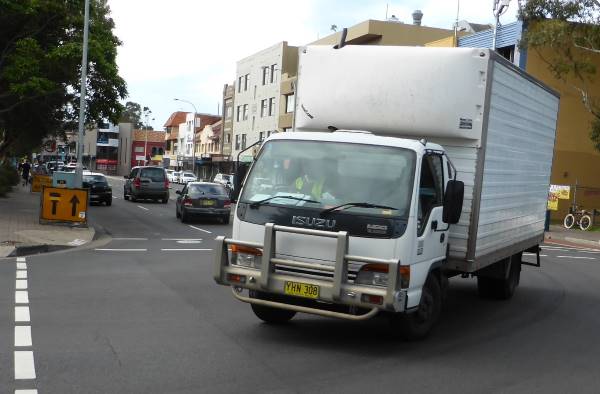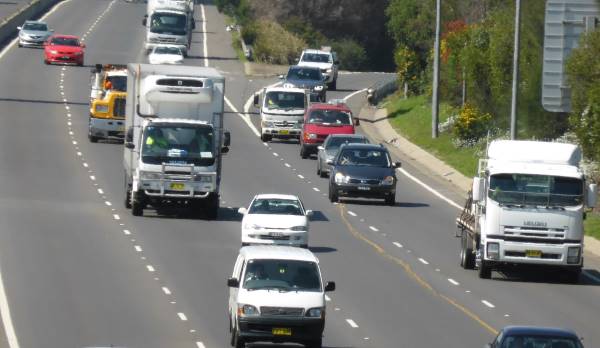A. Not required when turning at traffic lights with a green arrow.
A. Not required when turning at traffic lights with a green arrow.
B. Always required before turning or lane changing.
C. Not required when turning at T-intersections.

Examples of when you move to the right are:
Even if you are turning right from a right turn only lane you must still indicate.
Other drivers won't necessarily be looking at your indicator all the time, especially if you are just changing lanes on the motorway.

While it's possible to read other drivers' intentions in multiple ways such as where they are looking and how their vehicle is moving, the indicator is a much more direct signal. Although, it can't be trusted all the time as occasionally drivers forget to turn off their indicator.
Signal for at least 3 seconds before you make a manoeuvre. The last thing you should do before you turn right is check in your blind spot over your right shoulder in case another vehicle has not seen your indicator and has started to overtake you. This is especially important for motorbikes which are less visible, and for heavy vehicles which might need to stay left in order to make the right turn if the intersection is into a narrow road or driveway.
If there's a lot of fast traffic moving behind you and you want to turn right (for example, from a rural road), you can always indicate and pull over to the left first and wait for a gap in traffic until you turn right. This might reduce the risk of someone running into the back of you.
Turning left should be treated the same way as turning right. Always indicate. Be careful if you are overtaking a cyclist and want to turn left immediately after - it's best to wait until they have passed the intersection. When turning left at an intersection after waiting at traffic lights, check your nearside mirror for cyclists or motorcyclists that might have ridden up on your left and are waiting to go straight ahead.